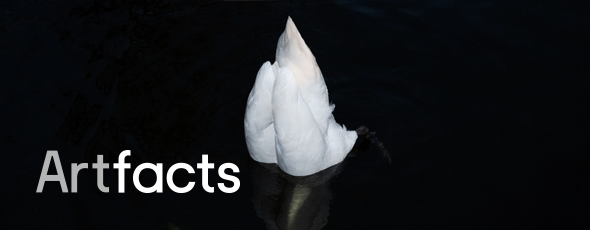
In honor of Earth day, now in its 51st year, we’d like to take a closer look at an art movement that in its best form inspires appreciation and awe of the most beautiful art there is, our natural world.

Land art, also known as Earth art, emerged predominantly in the 1960’s and 1970’s as part of a broader conceptual art movement. It consists of art made in the natural landscape, either by shaping the land itself, creating or growing structures using natural materials from the surrounding landscape, or by placing items specifically to focus attention on the surrounding landscape.
Though contemporary land art flourished in the 20th century, there are examples in history that date back to 3000BCE. There are a myriad of recognised Land Artists, but we will be focusing on one pioneer, and one new-comer.
Agnes Denes
(b.1938) Ranked 434 in the United States and 1839 Globally

“I don’t make my work for myself, I make it for humanity”Denes’s impressive creative career spans 50 years, weaving her environmentally driven, eco-warrior-esque colossal projects on the land with skillfully rendered drawings, exhibiting her explorations into mathematics, philosophy, geography and science.
She is perhaps most known for her rather remarkable work of 1982: Wheatfield- A confrontation, where a two acre field of wheat was planted on landfill and subsequently harvested during a four month period in New York City. The stark contrast of the golden wheat swaying in the wind amidst a backdrop of towering Wall Street is something that certainly inspires awe.
Another monumental piece is: Tree mountain- A Living Time Capsule- 11,000 Trees, 11,000 People, 400 Years, on a man-made elliptical shaped mountain, a forest, which is protected for the next 400 years and was planted by representatives from all over the world in a former gravel pit in Finland.

Denes’s oeuvre has continuously exemplified the connection between humanity and nature, highlighted its discord, and offered solutions for a more harmonious future.
Karolin Schwab (b.1987) Ranked 5,964 in Germany 55,639 Globally

Schwab has only been on the art scene for 11 years, but it is the last 5 years that has seen her charging forward. Schwab’s work is a mix of Land art and Abstract Sculpture, fitting into the third category of Land artists, her works are carefully placed in natural surroundings to encourage a “relationship between the viewer and their ever-changing environment.”
A perfect example of this is her 2018 work “Cloud Catcher”, where a large red hoop was placed 1700m high in the Swiss alps. As with many of her pieces, the viewer is coaxed to slow-down, to truly observe their surroundings, and in this case, perhaps to catch a cloud too.
We’re excited to see where the future of her creations, which dance between sculpture and Land art, take her.
Let us hope there is art that continues to be made to encourage our appreciation of, and therefore empathy with, the natural world… and that there is still a vibrant wild environment left to enjoy at all. Let’s all work together to protect it, shall we? Good. Glad we agree.
Let’s make history happen.
The Artfacts Team
